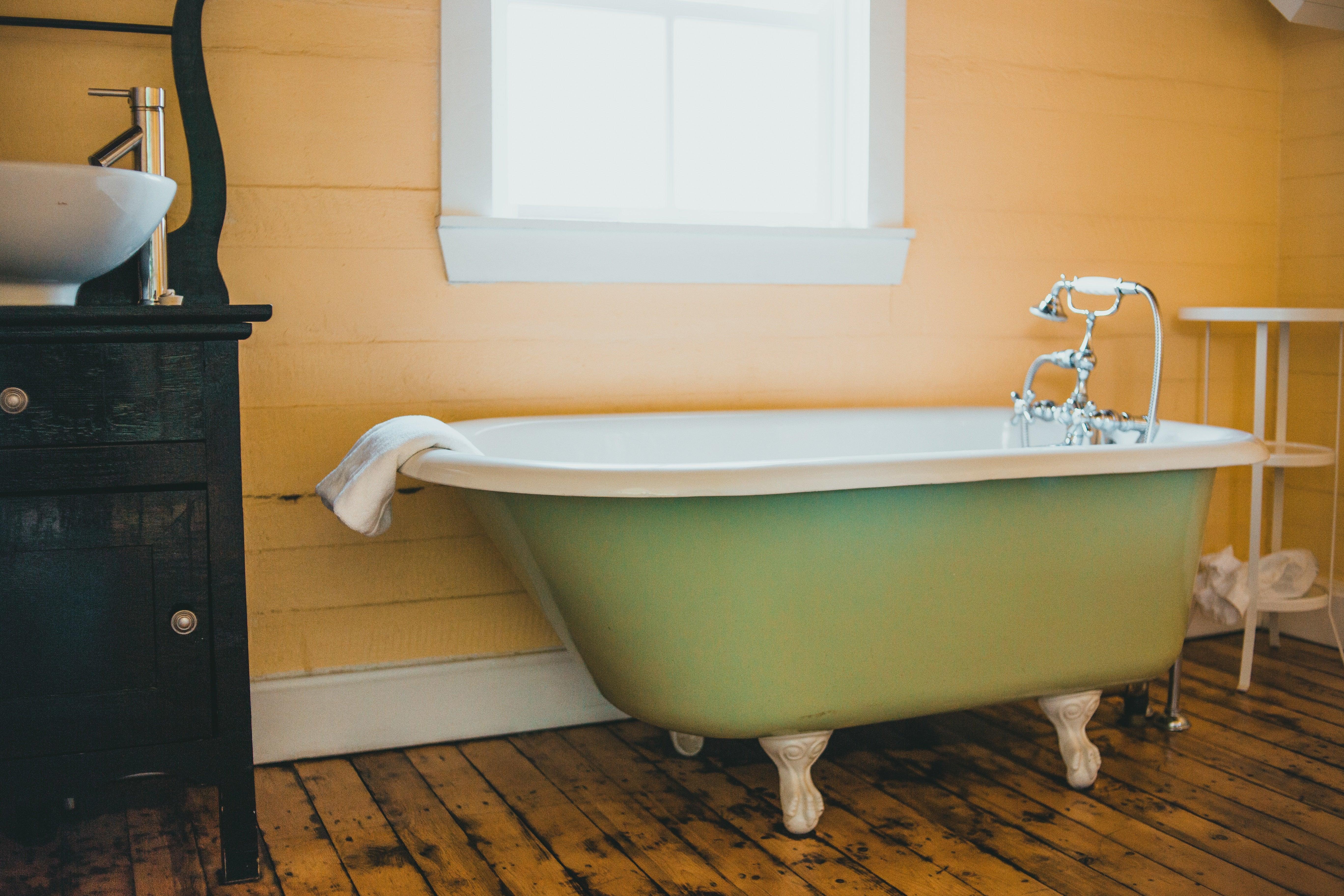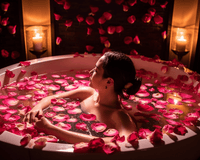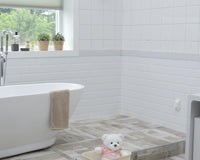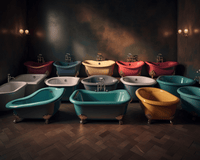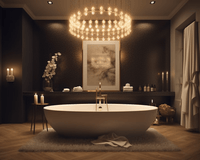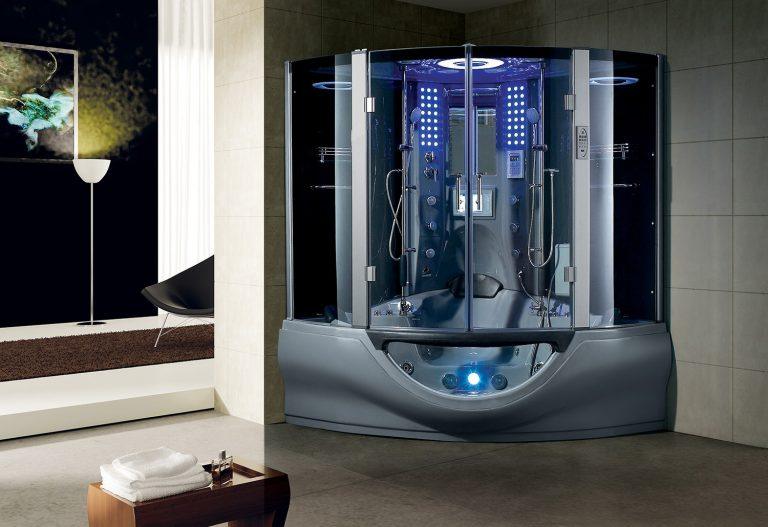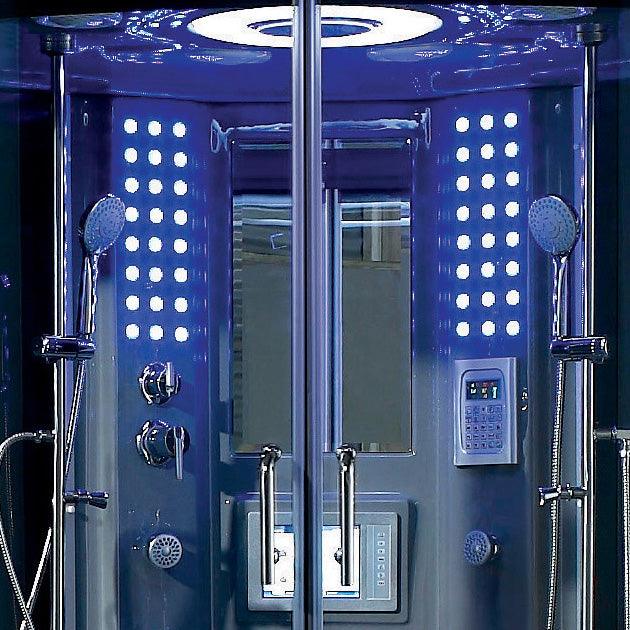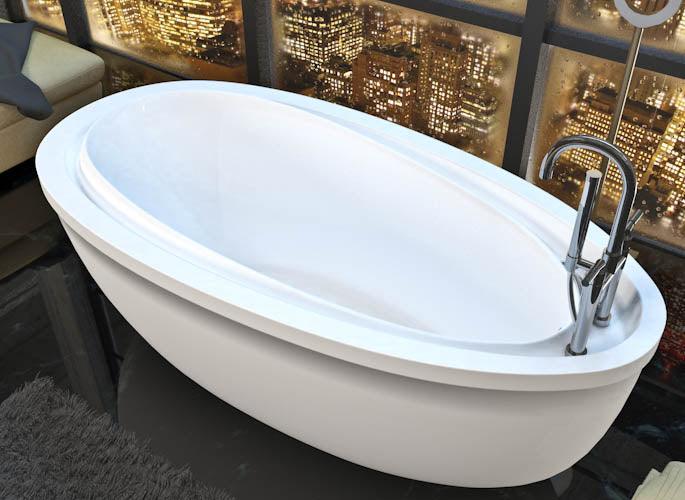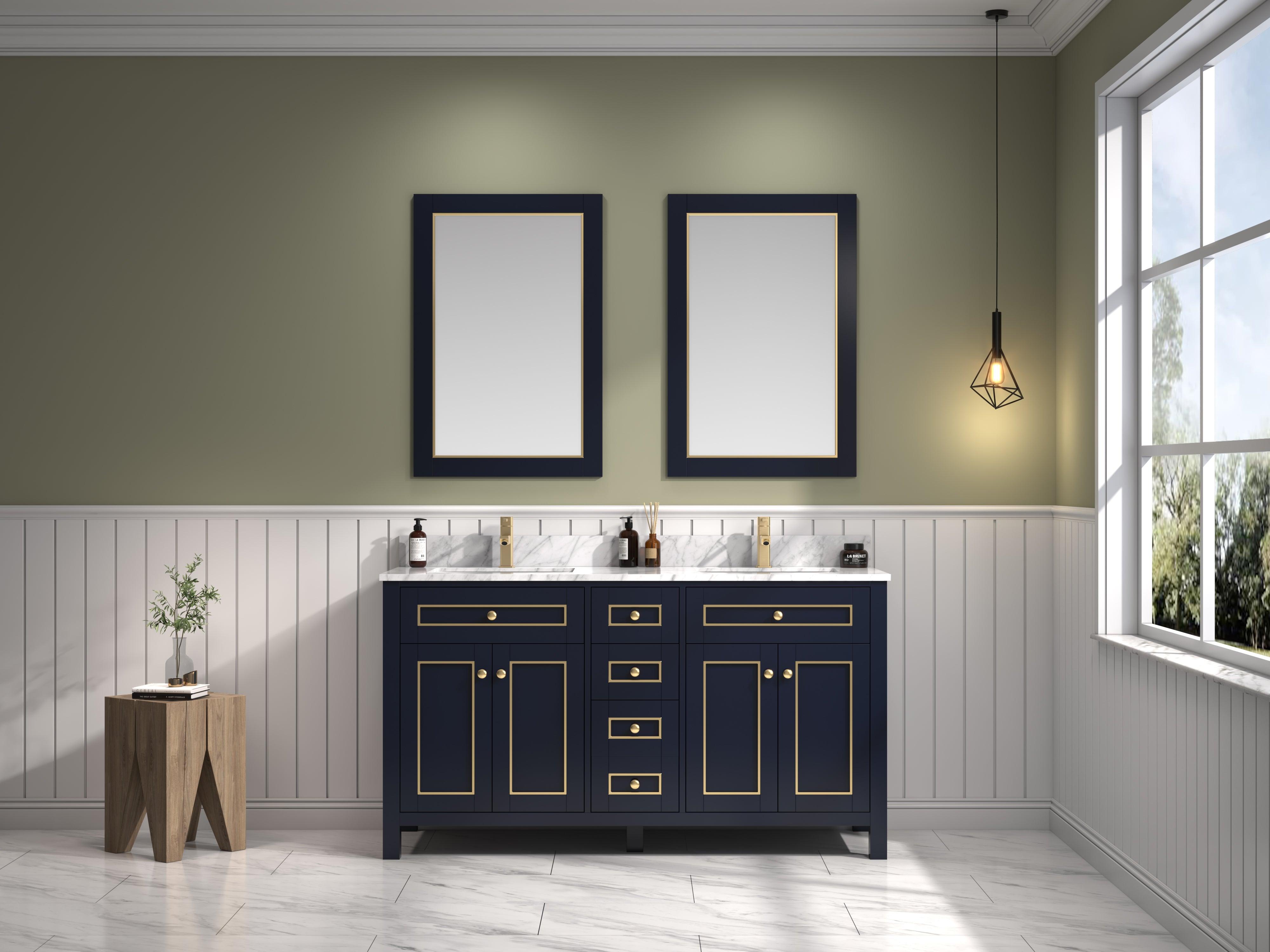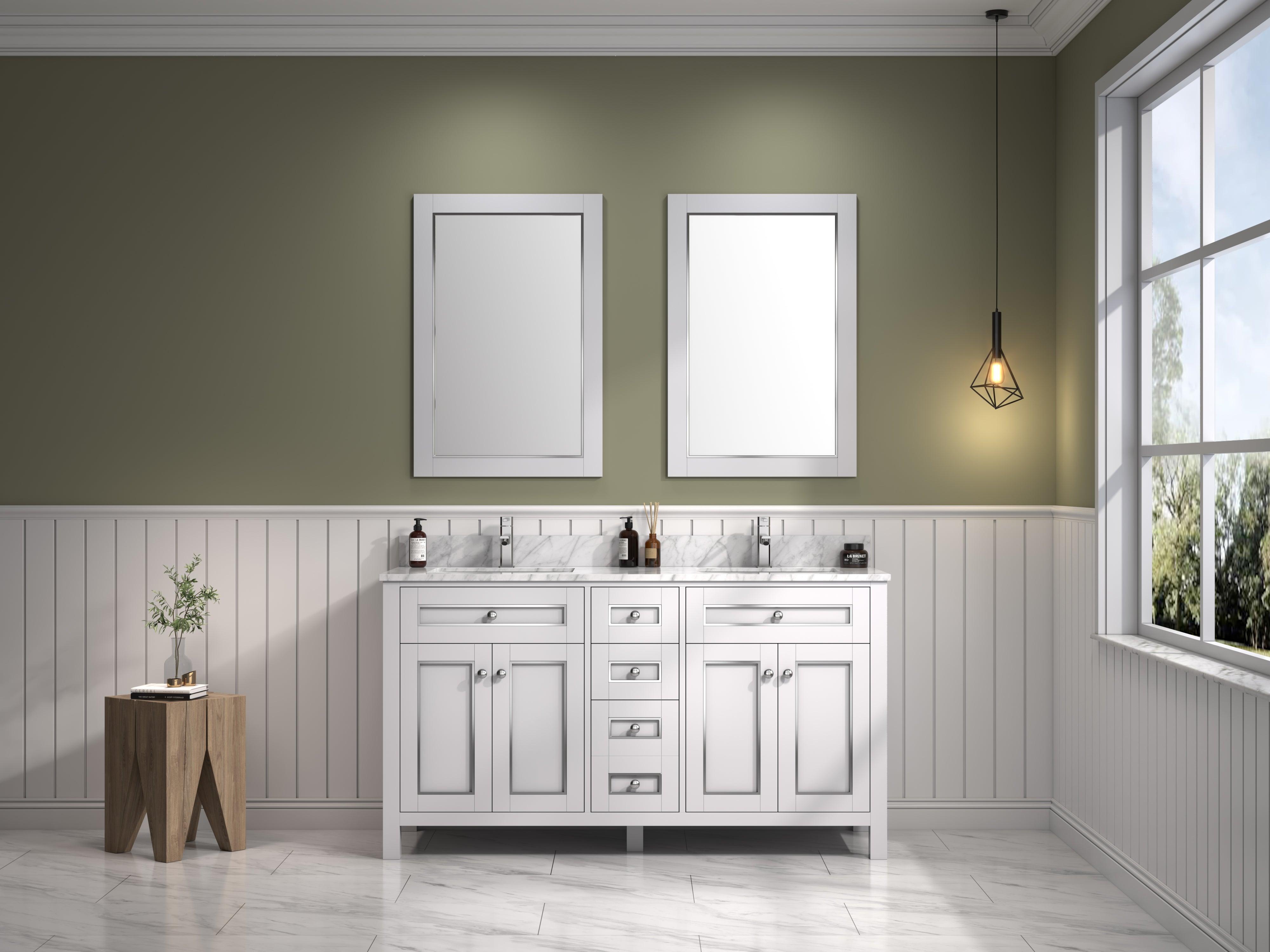Like the water that fills them, bathtubs have flowed through history, shifting and changing with each era. You might not think much of your daily soak or quick scrub in the tub, but did you know it has a rich history dating back to ancient civilizations? It's intriguing to see how this seemingly simple fixture evolved from its rudimentary beginnings into the epitome of luxury and innovation we see today. This article will take you on a journey through time, tracing the evolution of bathtubs from their humble origins in ancient societies to their status as symbols of refinement during the Middle Ages and Renaissance. We'll dive into the birth of modern bathtubs in the 19th century and explore how they transformed from mere functional items to luxurious necessities in the 20th century. Finally, we'll immerse ourselves in today's cutting-edge models that blend opulence with technology for an unparalleled bathing experience.
Bathtubs in Ancient Civilizations
Just as a phoenix rises from the ashes, so too did the concept of bathtubs evolve, with its humble beginnings rooted in ancient civilizations where they were seen not just as functional entities, but rather significant aspects of their culture and lifestyle. These early societies recognized bathing's importance for hygiene and relaxation, leading to the development of communal bathhouses and personal bathtubs.
Cultural influences played an enormous role in shaping these ancient bathing rituals. For example, Egyptians believed cleanliness was godly; hence they made baths part of their daily routine. In contrast, Greeks treated bathing as a communal social event that involved philosophical discussions. Romans took it even further by constructing massive public bathhouses with hot and cold tubs.
These cultures' different perspectives towards bathing molded the evolution of bathtubs over time. Their beliefs about cleanliness, community interaction, and leisure directed how these primitive tubs were designed and utilized. Despite varying vastly across civilizations, they all shared one commonality: the recognition that a good soak could be both refreshing and therapeutic.
As we delve deeper into history's bathtub evolution during subsequent periods like the middle ages or renaissance era, we'll see some fundamental shifts in design principles based on changing societal norms and technological advancements.
Evolution During the Middle Ages and Renaissance
So, you've explored the world of ancient bathtubs, now let's delve into a different era - the Middle Ages and Renaissance. You'll see how bathing started to become a luxury instead of a public affair, moving from communal bathhouses to private tubs in homes. Plus, get ready to learn about the fascinating technological advancements that made this transition possible!
Privatization of Bathing
Imagine stepping into your own personal oasis, a private space where bathing becomes more than just routine, it's a luxurious escape from the world. The privatization of bathing marked a significant shift in both societal norms and individual preferences.
- Bathing rituals became less about public health and more about personal relaxation and rejuvenation.
- The social implications were immense - no longer was bathing an activity for everyone to observe; instead, it became an intimate affair, reserved for you alone.
- This change also meant that bathtubs were now designed with comfort and luxury in mind, rather than simple functionality.
This metamorphosis set the stage for what was to come next: an era of technological advancements that would redefine our expectations of what a bathtub can offer.
Technological Advancements
In a world that's perpetually advancing, the realm of bathing hasn't been left behind; indeed, cutting-edge technologies have revolutionized our experience with water and wellness. Enter smart bathtubs. These aren't your grandma's tubs! They're equipped with sophisticated features like in-built speakers for an immersive music experience or color-changing lights to set the mood. Some even offer hydrotherapy options, turning your bathroom into a personal spa.
Tub technology has also evolved to include digital temperature control and self-cleaning functions. Imagine having the perfect bath waiting for you after a long day- warm and inviting without any fuss! These advancements aim at cultivating not only cleanliness but overall well-being.
But let's rewind a bit; while we enjoy these luxuries today, it was during the 19th century that modern bathtubs began making their splash.
The 19th Century: The Birth of Modern Bathtubs
As we journey into the 19th century, you'll find an exciting time for bathtubs with significant advancements shaping the way we use them today. You're about to learn about the birth of the iconic clawfoot tub and how it revolutionized bathing luxury. But, that's not all; you'll also discover how the introduction of indoor plumbing truly transformed our homes and lifestyles forever.
The Invention of the Clawfoot Tub
Ever wondered who's behind the invention of the elegant clawfoot tub that you might be taking your relaxing baths in? It's difficult to pin down one inventor, but it was during the late 19th century when these beauties made their debut. The clawfoot aesthetics, with its ornate feet and deep basin, quickly became a symbol of luxury and status.
The cultural significance of clawfoot tubs is immense. They were originally cast from iron and lined with porcelain, making them durable yet sophisticated. These tubs represented a shift in bathing culture from purely functional to an indulgent ritual.
Now imagine how this extravagant bath time experience got even better when water could be piped directly into homes… Well, brace yourself as we delve into the revolutionary era of indoor plumbing next!
The Introduction of Indoor Plumbing
Hold on to your hats, folks, because we're about to dive into the game-changing world of indoor plumbing! Imagine life without it - you'd have had to haul water from wells or rivers for bathing.
The introduction of indoor plumbing made bathtubs more accessible and convenient. The key developments included:
- The use of superior plumbing materials like cast-iron and copper pipes, which minimized leakage issues.
- Improvements in public water supply systems, allowing a steady flow of water right into homes.
- The development of efficient drainage systems that eliminated stagnant waters.
These advancements drastically improved hygiene standards and altered the way people lived their lives. Now, as we prepare to move forward with our journey through bathtub evolution history, let's plunge into an era where bathtubs began to symbolize more than just utility: the 20th century.
The 20th Century: From Function to Luxury
As you step into the 20th century, the evolution of bathtubs takes an exciting turn. You'll notice a surge in creativity with the emergence of unique shapes and materials that pushed boundaries and redefined bathroom aesthetics. Meanwhile, the rise of jetted and soaking tubs introduced a new level of luxury, transforming mere functional spaces into personal spas for relaxation and wellness.
The Emergence of Unique Shapes and Materials
In recent years, we've seen an explosion of creativity in bathtub design, with unique shapes and innovative materials reshaping the bathing experience. Material durability has become key as designers experiment with everything from copper to concrete, offering a fresh take on this bathroom centerpiece.
- Copper: Known for its longevity and antimicrobial properties, it's becoming a popular choice.
- Concrete: Its industrial vibe appeals to those who prefer minimalist or rustic styles.
- Geometric designs: Rectangular and oval tubs are giving way to more adventurous shapes that add visual interest.
- Wood: A surprising choice but treated properly, it can be both durable and beautiful.
These developments have truly revolutionized our perception of bathtubs. Now let's explore how technology has also played a role in enhancing our bath time bliss with the rise of jetted and soaking tubs.
The Rise of Jetted and Soaking Tubs
Bathing's never been more transformative than with the advent of jetted and soaking tubs, offering a whole new level of relaxation and rejuvenation. You can now enjoy hydrotherapy benefits right at home, as these tubs massage your body with strategically placed jets of water. They're not just about luxury either; many boast eco-friendly designs that conserve water and energy.
Soaking tubs, on the other hand, are deeper than standard bathtubs, allowing you to completely immerse yourself for a deeply relaxing experience. You feel enveloped in warmth, letting your worries float away in the soothing waters.
From utilitarian origins to indulgent sanctuaries for self-care, bathtubs have come a long way indeed. As we delve into modern times, prepare to be fascinated by how today's models combine luxury and innovation seamlessly.
Bathtubs Today: Luxury and Innovation
Today's bathtubs aren't just about getting clean; they're your private oasis, offering a touch of indulgence and relaxation that goes beyond the ordinary. The latest innovations in bathtub technology blend luxury with practicality, combining state-of-the-art features with eco-friendly designs.
Consider these cutting-edge models:
-
Smart Bathtubs:
- Digital Controls: Adjust water temperature, fill level, and even lighting to customize your bathing experience.
- Hydrotherapy Jets: These provide targeted massages to soothe tired muscles and promote relaxation.
-
Eco-Friendly Designs:
- Water-Saving Features: Many modern tubs are designed to conserve water without sacrificing comfort or performance.
- Sustainable Materials: From reclaimed wood to recycled metal, the green movement has influenced bathtub design as well.
These innovative features ensure you have a therapeutic and luxurious bath time while also caring for our planet. It's clear that today's bathtubs are far more than functional fixtures; they've become integral parts of our self-care routines. So go ahead, turn on those hydrotherapy jets or relax into an eco-friendly soak – it's not just about cleanliness anymore; it's about creating an experience of total bliss right in your home.

